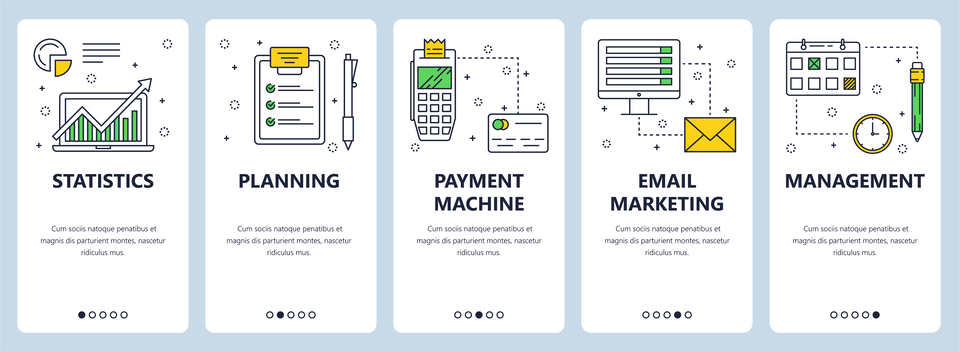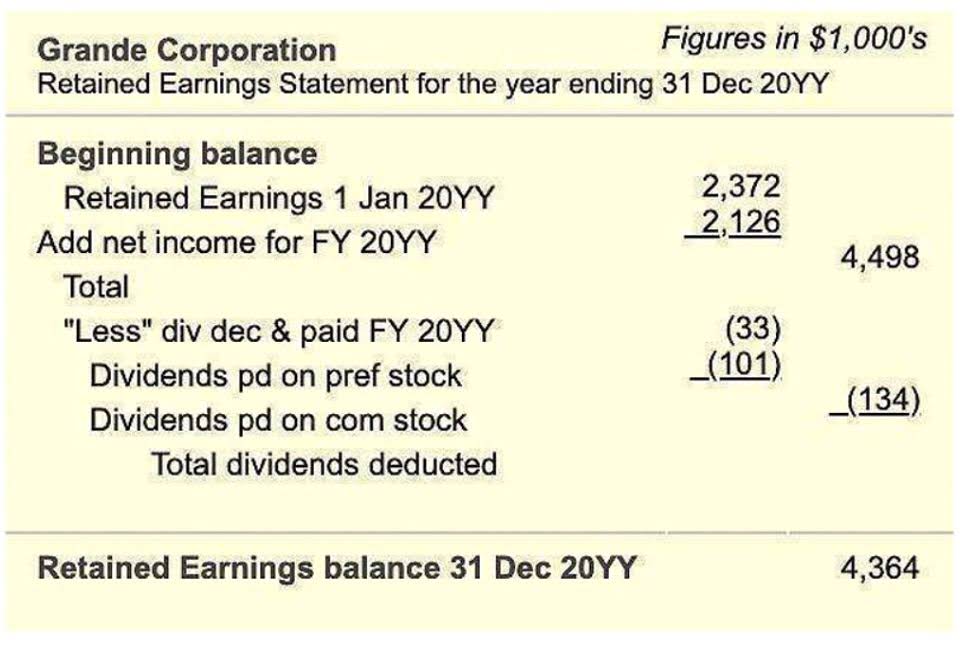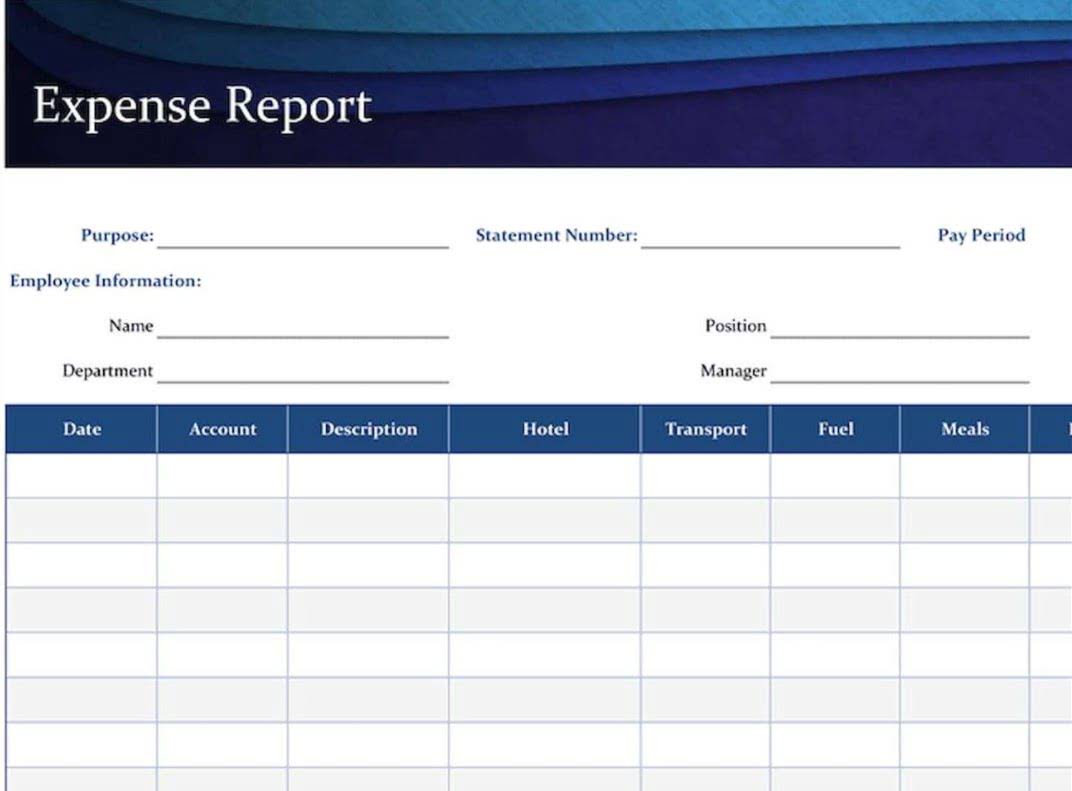
Retail accounting also serves as a tool for complying with legal and regulatory requirements, such as tax laws and financial reporting standards. It ensures that retail businesses operate ethically and transparently, maintaining the trust and confidence of stakeholders and customers alike. In short, retail accounting is an indispensable aspect of running a successful and sustainable retail business. LIFO can be advantageous during periods of inflation as it allows you to value your ending inventory at a lower cost, potentially reducing your tax burden. However, it may not accurately reflect the actual flow of goods in some retail businesses. Retail accounting is accurate and inexpensive Bakery Accounting for managing stock and calculating anticipated revenues, thus suitable for retailers starting small businesses.
Calculate cost-to-retail percentage

LIFO inventory costing is essentially the reverse of FIFO inventory costing. The LIFO method assumes the most recent items entered into your inventory will be the ones to sell first. By sales we mean the retail value (i.e., price to customers with a markup) of the products you sold during this time. For best results, use the retail inventory method only when the products you’re appraising have the same markup. For example, this method won’t work if you’re calculating the value of jeans that have a 50% markup and pencils that have a 150% markup.
- This is the cash left after clearing the expenses of making a product from its selling price.
- This refers to COGS as well as finished goods by calculating the cost percentage to the retail price of sold goods.
- Retail accounting may give wrong results if you sell items with vastly different prices, as the methods may not reflect the true inventory value.
- An inventory system provides retail-based businesses a comprehensive account of available items and the monetary value of these inventory items.
- Accounting software monitors your whole financial situation, including purchase and sales orders, invoices, accounts receivable, and accounts payable.
- In this guide, we explain the Retail Chart of Accounts, delve into its crucial components, and show you why Vencru is the accounting solution for retail businesses.
1.1 Traditional retail inventory method
- In conclusion, a well-structured chart of accounts for a retail business is indispensable for effectively managing your retail business’s finances.
- To find inventory value per the WAC method, simply divide your average COGS by the number of units in your inventory.
- A couple months down the line you still have 10 french presses left, and you make another order to replenish your stock.
- Retail accounting is easy and quick, but as your business grows, your accounting needs will, too.
- In retail accounting, you estimate your inventory’s value rather than calculate it manually.
Cost accounting for retail tracks each item based on the total cost paid for purchased inventory. For example, a retail store selling various goods at different prices won’t get great results with all of the inventory valuation methods available. Whether the business is using LIFO, FIFO, or weighted average, each inventory costing method produces different results with various benefits. Many stores find themselves unable to easily count their entire inventory, and a retail accounting method does all the heavy lifting. First, retail accounting helps businesses determine the cost-to-retail ratio. When running a retail store, your business’s bookkeeping is a crucial aspect and should be done accurately.

Wholesale business

The retail inventory method is an accounting method used to estimate the value of a store’s merchandise. The retail method provides the ending inventory balance for a store by measuring the cost of inventory relative to the price of the merchandise. Along with sales and inventory for a period, accounting for retail the retail inventory method uses the cost-to-retail ratio. This method assumes that the first items purchased are the first ones sold. It’s a simple approach that often reflects the actual flow of inventory in retail stores.

This method is frequently employed by retail businesses dealing with time-sensitive products, like trendy fashion items or perishable goods typically found in convenience stores. One of the primary focuses of retail accounting is tracking sales and revenue. This involves recording each sale, specifying the products sold, and calculating the total income generated. Retailers should ensure that their point-of-sale (POS) systems are seamlessly integrated with their accounting software to streamline this process. The power of retail accounting lies in accounting its ability to transform raw data into actionable insights. Whether you leverage retail accounting software or maintain manual records, analyzing trends and studying your data empowers you to make informed business decisions.

Recent Comments